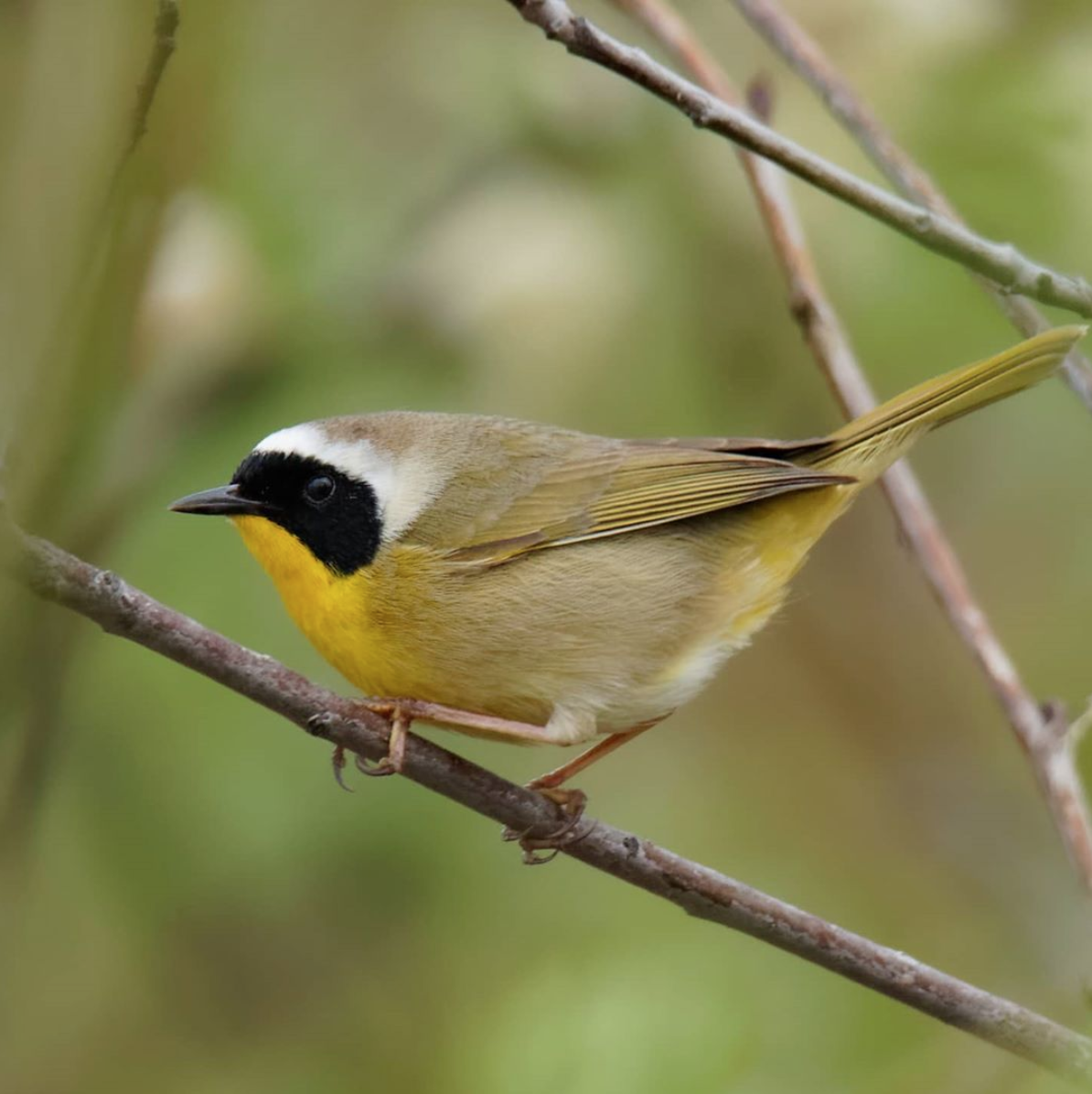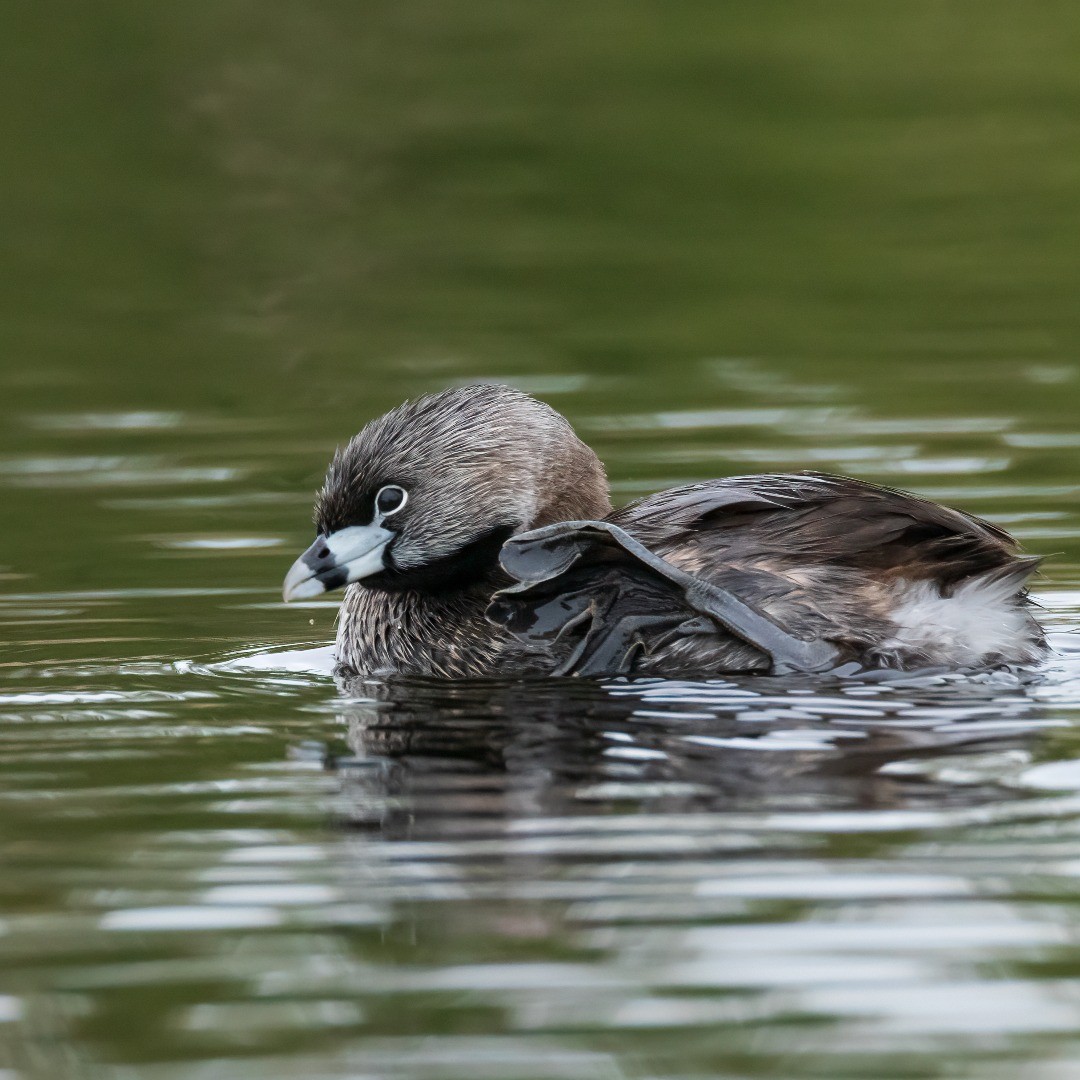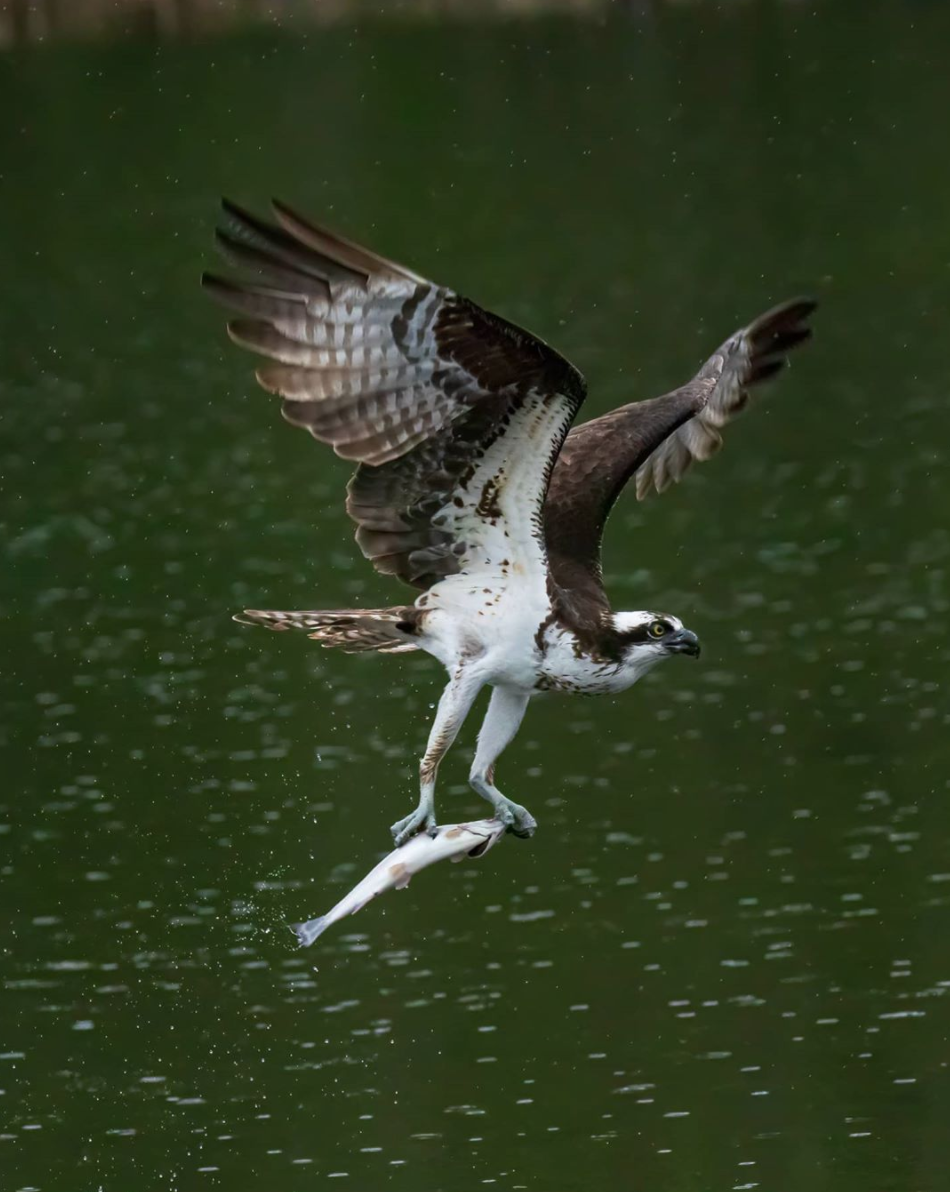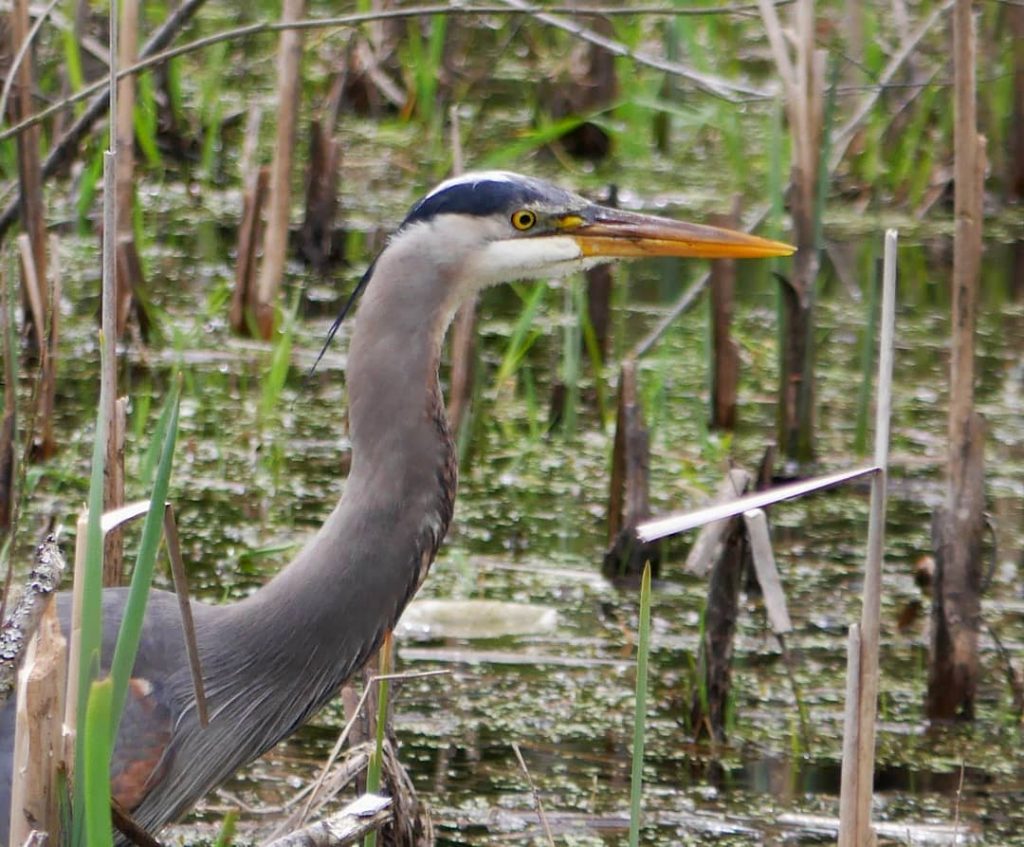If you’ve got a soft spot for our furry and winged friends, Surrey is most certainly the city for you! Surrey’s vast landscapes, an abundance of parks, and waterways make for great bird-watching.
Did you know that over 200 species of birds call Surrey their home at one time or another throughout the year? That’s a whole lot of feathers! There are so many bird-watching spots it would be close to impossible to list them all, so below are our top spots to see the birds fly, rest or nest in Surrey.

Grab your binoculars and your camera and download a birding app like Merlin or BirdNET, and see how many different bird species you can spot! And once you’ve spotted your birds, be sure to upload your sightings to eBird, a global citizen database-driven bird watching resource. Not only can you upload your finds, but you can also use eBird to discover what birds to look out for in Surrey’s bird-watching spots.
Green Timbers Urban Forest
Green Timbers Urban Forest is one of the largest parks in the city which is 183 hectares of wetland, lakes, fishing dock, grassland, meadows and nature trails. There are many different bird species to see while walking through the park or bicycling, including bald eagles and woodpeckers.
Surrey Lake Park
The lake is an important habitat to many amphibians, reptiles, fish, birds and mammals and attracts many waterbirds like great herons, green herons, buffleheads, march wrens and kingfishers. As well as forest-dwelling birds like black cap chickadees, spotted towhees, cedar waxwings and pileated woodpeckers.

Blackie Spit
Blackie Spit is an important stop for migrating and wintering waterfowl and shorebirds because of the tidal marsh and eelgrass beds. You might also see a few aquatic mammals such as harbour seals and their pups. Keep your eyes peeled for northern flickers, pileated woodpeckers, brown creepers and yellow-rumped warblers, among many more.
Elgin Heritage Park
Elgin Heritage Park is right on the banks of Nicomekl River, filled with large trees and beautiful views on the water. The large trees often have eagles and hawks looking for prey. There are also small perching birds and waterfowl nesting in the wildlife. The waterfowl and shorebirds at this park are very sensitive to disturbance, so be sure to stay on the trails, leave only footprints, and take only photos.
Hi-Knoll Park
Hi-Knoll Park is a habitat for birds like the mallards, swallows, and common snipe who enjoy the swampy area. This is also one of the few areas in Metro Vancouver where the endangered White Fan Lily grows, also known as Dog’s Tooth Violet. If you’re lucky enough to come across these delicate pink and white flowers, be sure to take a photo, but please don’t pick them, they’re becoming increasingly rare.

Mud Bay Park
Mud Bay Park is another great spot for migrating and wintering waterfowl and shorebirds since there are tidal marshes and eelgrass. The nature trail is nearly 3 kilometres long and takes about 1.5 hours to walk. The park’s most spectacular feature is its view of Boundary Bay, and depending on the time of day, the view, and the birds spotted can be drastically different. Low tide is perfect for shorebirds when the mudflats and eelgrass meadows are exposed.
Redwood Park
One of Surrey’s earliest pioneers, David Brown gave his property to his twin sons, David and Peter in 1893, which eventually became Redwood Park. These brothers spent their life travelling and collecting seeds and saplings of exotic tree species which they planted all throughout the property where they also lived in a 2-storey treehouse. Today there are 50 different species of trees that are home to many species of birds. The odd Olive-sided flycatcher has even been spotted in the park.

Serpentine Wildlife Management Area
The Serpentine Wildlife Management Area is better known as the Serpentine Fen which provides a home to more than 130 different bird species on the 150-hectare land. Cormorants, owls, red-winged blackbirds, and various types of hawks can all be spotted at Serpentine Fen, as well as muskrats, coyotes, frogs, and harbour seals.
Sunnyside Acres Urban Forest
Sunnyside Acres Urban Forest is a 130-hectare park which is home to many different birds, coyotes, and black-tailed deer. Owls and hawks are among just a few of the winged inhabitants of this beautiful park, as well as woodpeckers, chickadees, and wrens, just to name a few.
Feature photo: Heron | Ken Johns via Instagram

